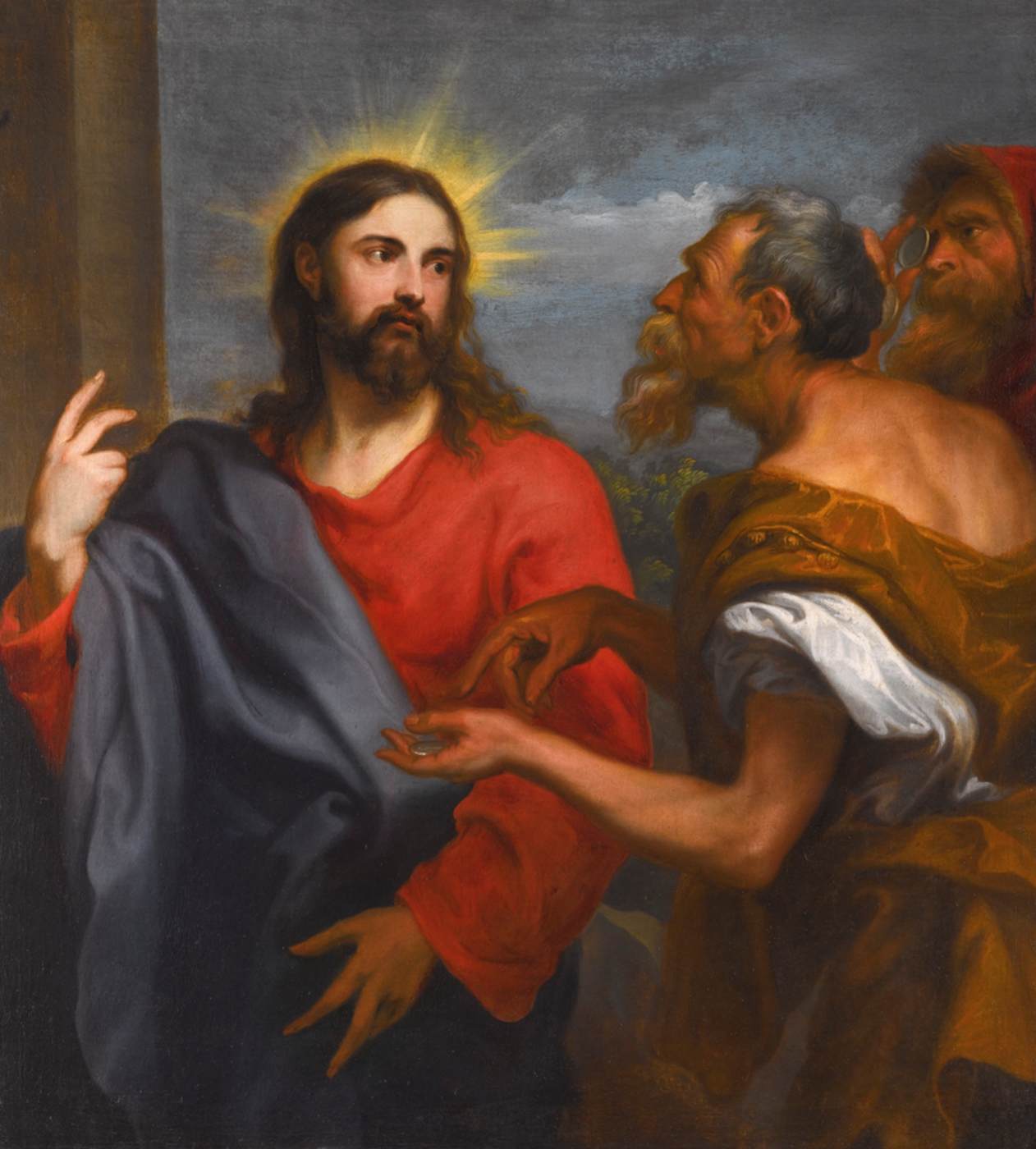Description
Sir Anthony Van Dyck's painting "The Tribute Money" is a masterpiece of Baroque art depicting a biblical scene in which Jesus commands Peter to pay tribute to tax collectors. The work is a sample of the artistic style of the 17th century, which is characterized by the exaggeration of details and the dramatization of the scenes.
The composition of the painting is impressive, with a diagonal arrangement of the figures that creates a dynamic movement in the work. The figure of Jesus is in the center of the composition, surrounded by the apostles and the tax collectors. The horizon line is located at the top of the work, which creates a feeling of depth and open space.
Color is another interesting aspect of painting. Van Dyck uses a bright, warm color palette, with contrasting shades of gold, red and blue, creating a sense of lightness and vitality in the work. The details in the clothing and objects are rendered with great precision and realism, which shows the technical skill of the artist.
The history of the painting is also fascinating. It was commissioned by the Church of Saint Augustine in Antwerp in 1625, and is believed to have been one of Van Dyck's first major works after his arrival in Antwerp from Italy. The work was highly praised for its artistic quality and became a model for other artists of the time.
Also, there are little-known aspects of the painting that make it even more interesting. For example, Van Dyck is believed to have used his own face as a model for the figure of Saint John, showing his ability to portray himself in his works. It is also known that the painting was stolen by the French during the French Revolution and later returned to the church in 1815.
In short, "The Tribute Money" is an impressive work of art showcasing the technical and artistic skill of Sir Anthony Van Dyck. Its baroque style, dynamic composition, use of color, and the story behind the painting make it a fascinating and important work in the history of art.

